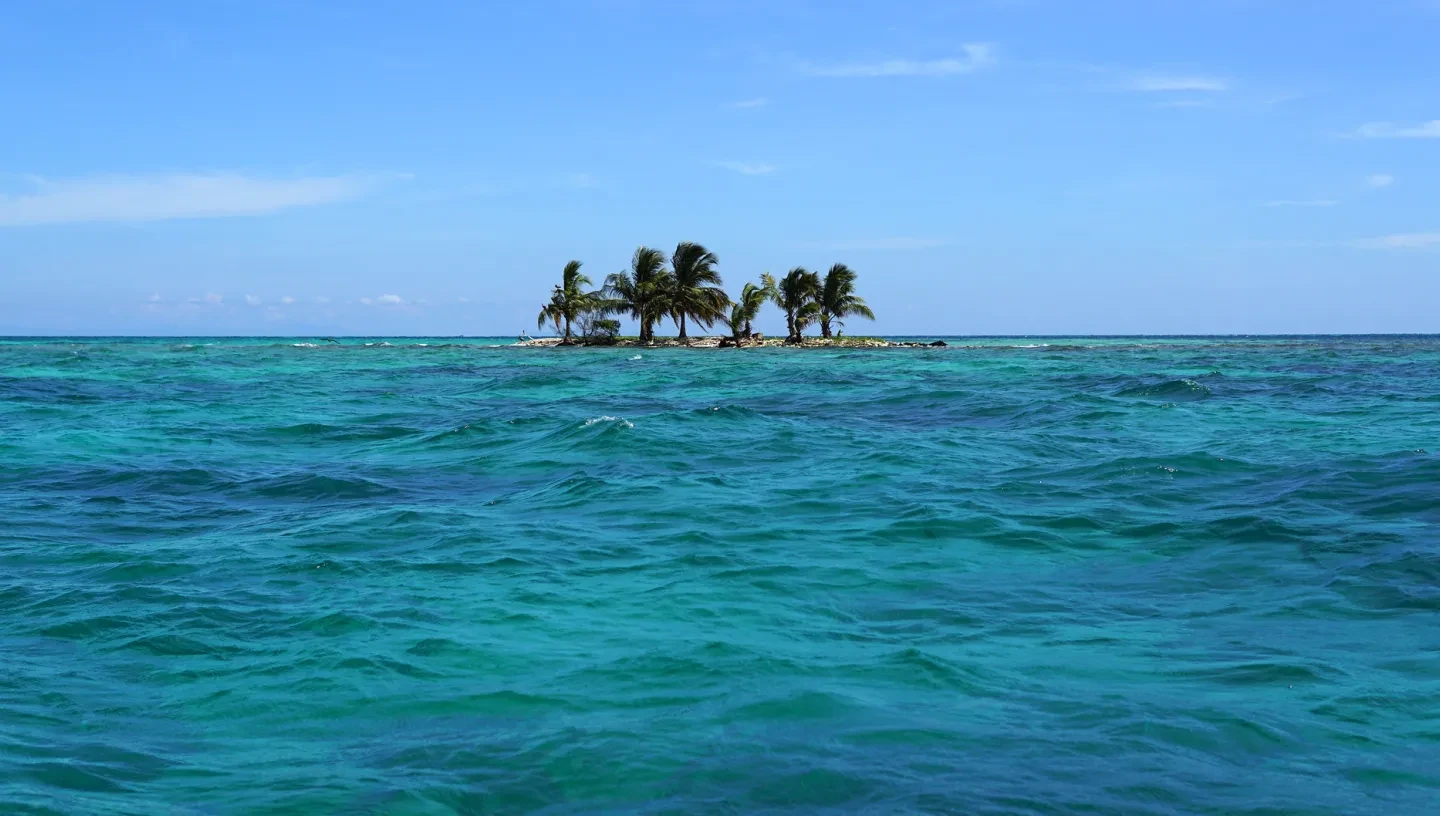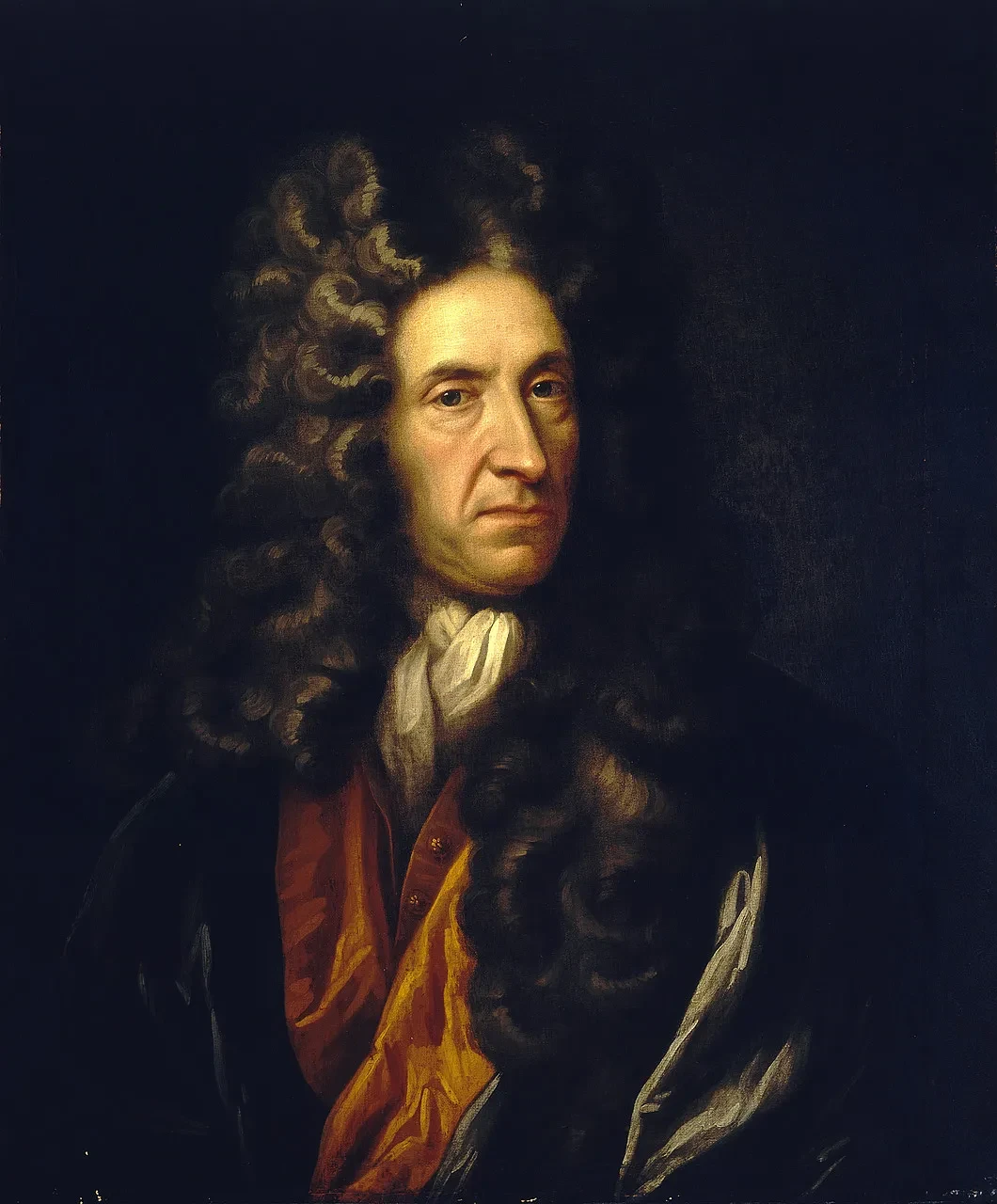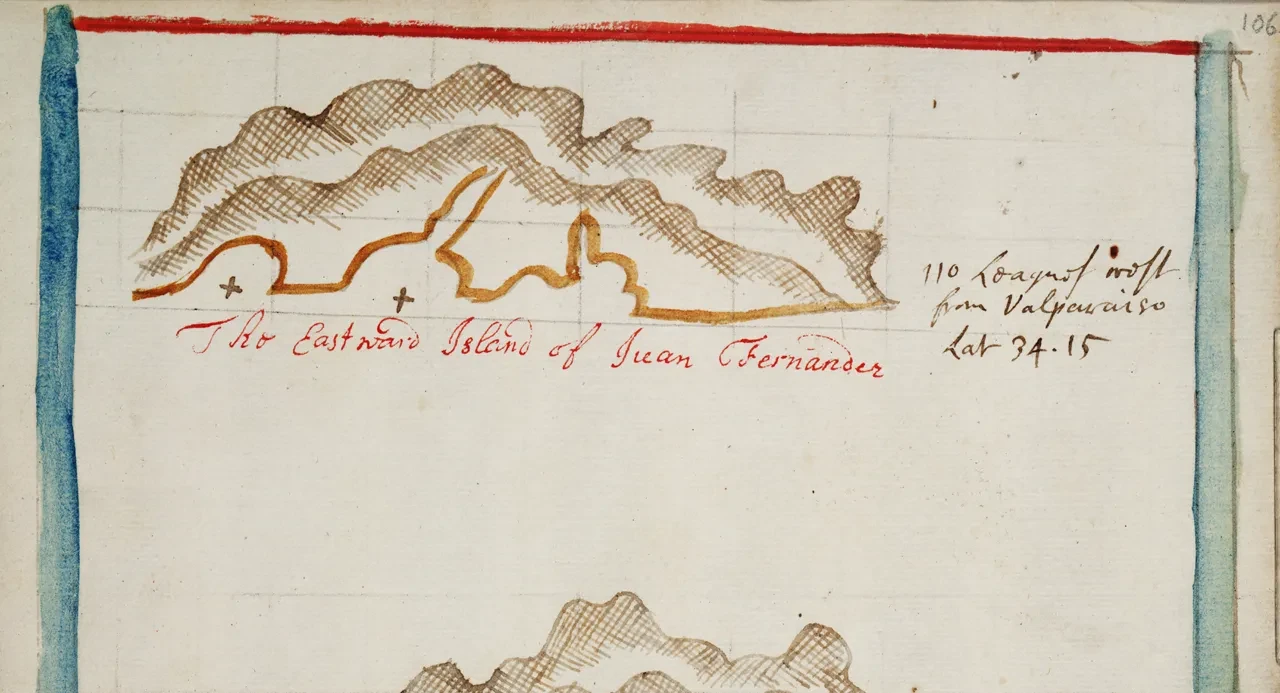
Think you're struggling with social distancing? At least you haven't started singing to goats... Curator Jeremy Michell uncovers the remarkable real-life story of island isolation which inspired Daniel Defoe's Robinson Crusoe.
Watching my colleagues leave the office with bundles of work to keep them occupied for at least a month made me think about how others from the past coped with being isolated.
One of the most famous is Robinson Crusoe, a character created by Daniel Defoe in 1719.

The story of a shipwreck survivor who finds himself washed up on a seemingly deserted island is a classic of English literature. What's less well known is that Crusoe may have been based on a real person.
Discover more great stories from Royal Museums Greenwich
Defoe possibly based his character on a real-life privateer called Alexander Selkirk. The books that cover this story can be found in the Museum’s Caird Library, some of them rare First Editions from 1712.
Selkirk had been crew on board a privateer (a merchant ship with a 'Letter of Marque' allowing it to capture enemy shipping) called Cinque Ports. The ship sailed in company with the privateer St George in May 1703. Their aim had been to capture a Spanish treasure ship off South America or in the Pacific during the War of the Spanish Succession (1701-1714).
It would have made them and the ship owners very wealthy - but all did not go to plan.

The odd fact about this real-life Cast Away is that Selkirk actually requested to be left on the island of Juan Fernandez. This decision was the culmination of a poorly led expedition by Captain William Dampier of the St. George.
Success had eluded them, and the voyage had been exacerbated by mutinies, accusations of personal gain, and incompetence. The Cinque Ports was leaking badly, having been at sea for a year and four months without a proper refit, and Selkirk decided that it was not safe to continue.

Selkirk was left on the island in October 1704. All he took with him was his bedding, food, some books, navigation and mathematical instruments, gunpowder and shot. The captain sailed off, even when Selkirk changed his mind.
It would be over four years before Selkirk was finally rescued. So, how did he survive?
An account published in The Englishman in 1714 describes how Selkirk fed on turtles and seafood, goats and sea lions, herbs, cabbage and turnips (the latter planted there in 1684, ironically by a ship Dampier had previously served on).
The account goes on to say that ‘he grew dejected, languid, and melancholy, scarce able to refrain from doing himself violence…’ However, he was able to overcome this through ‘frequent reading of the Scriptures, and turning his thoughts upon the Study of Navigation…’

Selkirk even trained some of the cats on the island to deal with the rats, which ate at his clothes and feet while he slept. His moments of leisure included carving his name and date on trees, taming young goats, and, as Woodes recorded, ‘…to divert himself would now and then sing and dance with them and his Cats.’
Alexander Selkirk also adapted his equipment to suit his requirements. For instance, he used a nail as a needle to sew shirts, using the unravelled wool of his socks as thread. He melted down iron hoops left by the ship to create new knives and made replacement clothes from goatskins.
Selkirk's survival was based on a reconciliation with his situation, planning the most basic requirements of shelter, food and mental exercise, as well as hiding every time a Spanish ship anchored off the island to get supplies and water. The Englishman states:
His Nights were untroubled, and his Days joyous, from the Practice of Temperance and Exercise.
In February 1709, four years and four months after the Cinque Ports had departed, Alexander Selkirk was rescued by another privateer, Woodes Rogers. Rogers’ account, published in 1712, records the moment they met Selkirk off Juan Fernadez Island:
February 2…Immediately our Pinnace return’d from the shore and brought abundance of Craw-fish, with a Man cloth’d in Goat-skin, who looked wilder than the first Owners of them…
Selkirk joined Woodes’ ship as a Mate on the recommendation of none other than his previous captain, William Dampier, who, by coincidence, was also on board – possibly to Selkirk’s concern.
With hindsight, Selkirk had made the right decision to take his chances on the island. After he left the ship, the Cinque Ports was abandoned, and only 18 surviving crew reached South America, only to be captured by the Spanish and imprisoned.
Once back in England, Selkirk enjoyed the fame of his survival story before eventually joining the Royal Navy.
In 1721, while serving on board HMS Weymouth off West Africa, he died of yellow fever and was buried at sea.
By Jeremy Michell
Senior Curator: Maritime Technologies